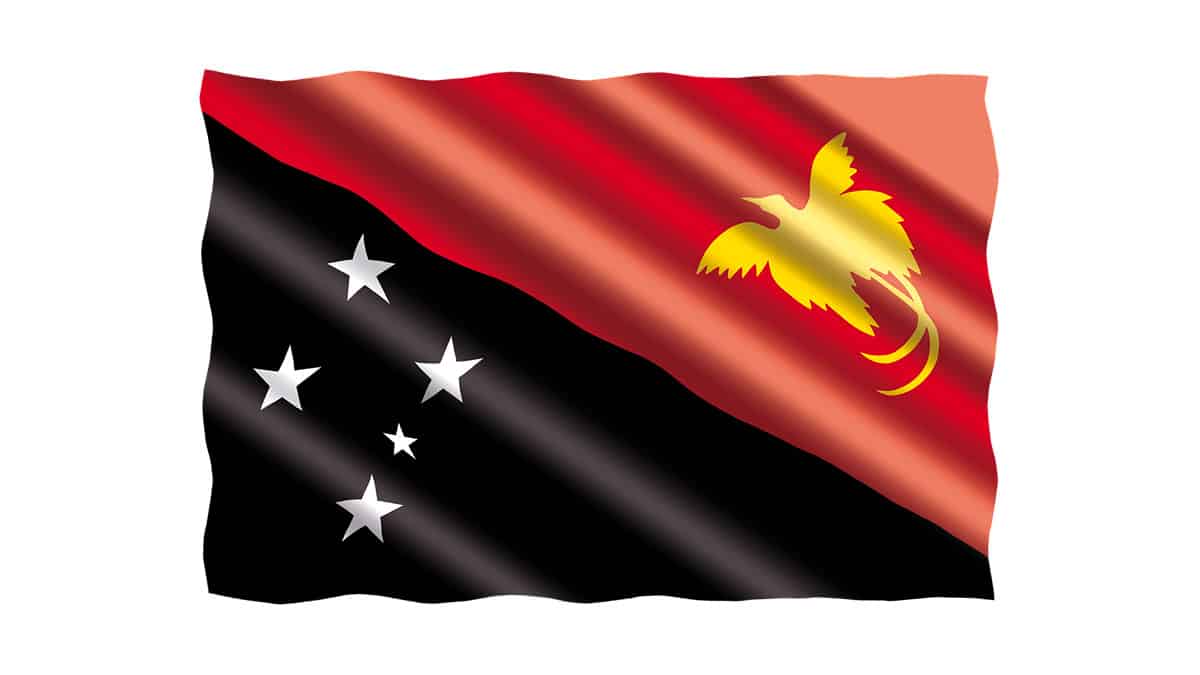Australian think tank, Lowy Institute, has published a paper titled “Bridging Papua New Guinea’s Information Divide,” in which it called for Australia and other international donors to support Papua New Guinea in upgrading the National Broadcasting Corp.’s radio transmission capacity. In particular, the paper says it is important to re-establish an effective nationwide radio service in time for the 2022 elections, as the public broadcaster plays a critical role in keeping all citizens connected and involved.
“When NBC’s transmission network is operating at full strength, people should be able to receive a shortwave, medium wave, or FM radio signal almost anywhere in the country,” says the paper. However, many of its transmitters are not operational, so those who live in rural and regional areas are not being reached.
The paper calls for immediate focus on broadcast radio and targeted spending on getting transmitters and broadcast infrastructure back in operation.
As the country’s 2022 elections are looming, Lowy Institute proposes an offshore shortwave transmitter site located in a neighboring nation as a short-term solution while NBC works on rebuilding its systems inside Papua New Guinea.
NBC’s transmission network is a “complex undertaking.” It has about 50 transmitter sites, with 19 studios and sites in nearly every province. However, the author of the paper says that through conversations with people in the industry, it seems that as few as one in three transmitters are on air, and those that are operational are low-powered FM transmitters with little physical reach.
FM has become the default means of broadcasting for NBC. Transmitters are relatively easy to maintain and the signals are picked up with portable radios and many mobile phones. However, the signal is limited to “line-of-sight,” which is a challenge for the geographically diverse country.
NBC’s AM transmitters (medium wave) are in theory the backbone of its transmission network, says the author, as it offers wide coverage. But AM sites are more costly and need more land space and maintenance. Most of the NBC’s medium-wave sites are out of commission. Almost all of the shortwave transmitters are also down. Shortwave should allow NBC to reach farther into remote and regional areas. It does require a more advanced radio and needs regular frequency retuning.
The author points out that shortwave remains vital to other international broadcasters. “While the limitations of traditional analog shortwave are well known, new digital formats make it a more attractive option.” Digital Radio Mondiale (DRM) has been adopted in large markets including India, South Africa and Brazil, and as more receivers get manufactured, costs should fall for the units.
“Beyond stabilizing and consolidating NBC’s existing broadcasting resources, the public broadcaster will need support to manage its transition away from traditional broadcasting towards digital and other online and on-demand services,” the paper adds.
A 2019 survey showed that digital services are dominant in the way media is consumed, but growth is centered in urban areas currently. And as bandwidth grows, those who can afford it will migrate, but there will still be those who rely on legacy broadcast service. “The opportunity for NBC and other PNG broadcasters is to look at infrastructure sharing, multiplexing, and collaboration to minimize costs and at the same time improve coverage, especially for these ‘disconnected’ users.”

